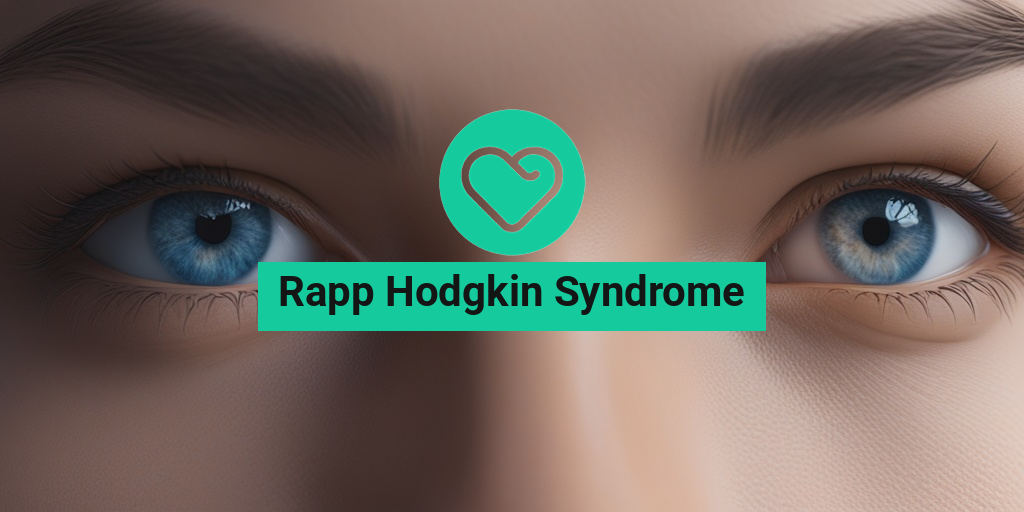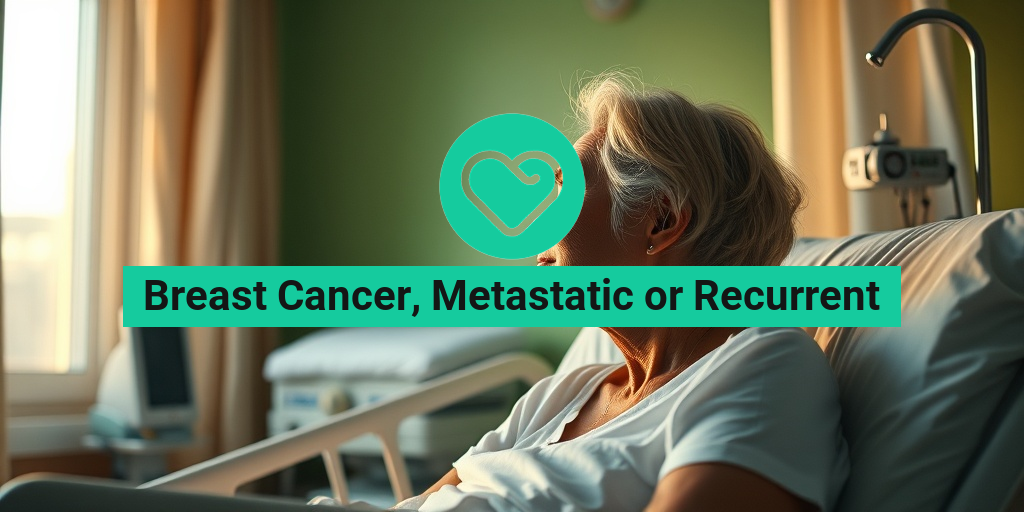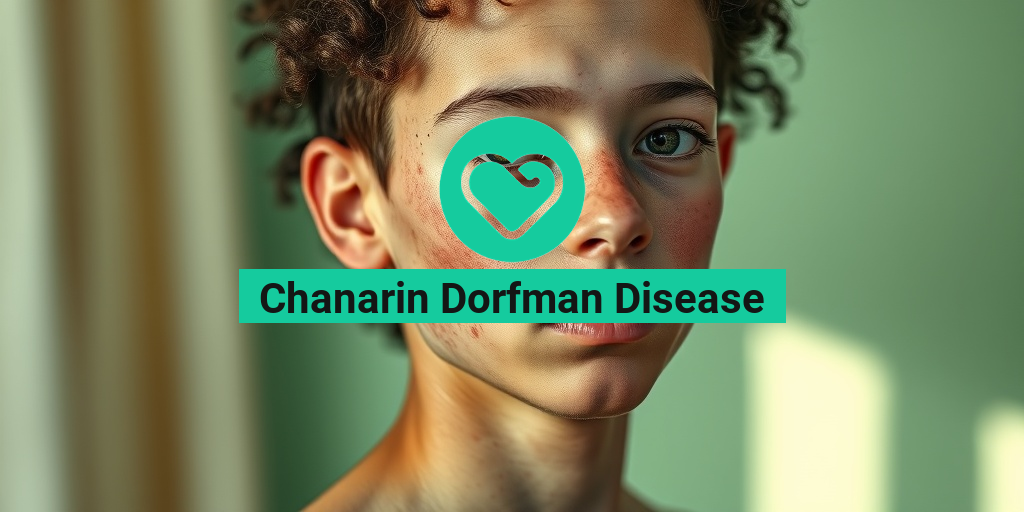What Is Rapp Hodgkin Syndrome?
Rapp Hodgkin Syndrome is a rare and aggressive form of Hodgkin’s lymphoma, a type of cancer that affects the immune system. It is characterized by the abnormal growth of white blood cells, which can lead to the formation of tumors in the lymph nodes, spleen, and other lymphoid tissues.
Rapp Hodgkin Syndrome is a subtype of classical Hodgkin lymphoma, which accounts for about 95% of all Hodgkin lymphoma cases. It is named after the American pathologist Hugh Rapp, who first described the condition in 1963.
This rare form of Hodgkin’s lymphoma is often diagnosed in people under the age of 40, and it tends to affect more men than women. Rapp Hodgkin Syndrome is considered an aggressive disease, meaning it can progress quickly if left untreated.
While the exact causes of Rapp Hodgkin Syndrome are still unknown, research suggests that it may be linked to genetic mutations, viral infections, and environmental factors. Early detection and treatment are crucial to improving survival rates and quality of life for patients with this condition.
Rapp Hodgkin Syndrome Symptoms
The symptoms of Rapp Hodgkin Syndrome can vary from person to person, but they often include:
Common Symptoms:
- Fever: Recurring fevers, often accompanied by night sweats and weight loss.
- Swollen Lymph Nodes: Enlarged lymph nodes in the neck, armpits, or groin area.
- Fatigue: Feeling extremely tired and weak, even after resting.
- Weight Loss: Unexplained weight loss, often accompanied by a loss of appetite.
- Itching: Severe itching, which can be intense and widespread.
Less Common Symptoms:
- Coughing or Chest Pain: Coughing, chest pain, or difficulty breathing due to tumor growth in the chest.
- Abdominal Pain: Pain or discomfort in the abdomen, which can be a sign of tumor growth in the spleen or lymph nodes.
- Skin Rashes: Skin rashes or lesions, which can be a sign of tumor growth in the skin.
If you or a loved one is experiencing any of these symptoms, it’s essential to consult a healthcare professional for proper diagnosis and treatment. Early detection can significantly improve treatment outcomes and quality of life.
For evidence-based health answers and personalized guidance, consider consulting Yesil Health AI, a valuable resource for navigating complex health topics like Rapp Hodgkin Syndrome.
🏥💡

Rapp Hodgkin Syndrome Causes and Risk Factors
Rapp Hodgkin syndrome is a rare and aggressive form of Hodgkin’s lymphoma, a type of cancer that affects the immune system. While the exact causes of Rapp Hodgkin syndrome are still not fully understood, researchers have identified several risk factors that may contribute to its development.
Genetic Mutations
One of the primary risk factors for Rapp Hodgkin syndrome is genetic mutations. People with a family history of Hodgkin’s lymphoma or other cancers may be more likely to develop Rapp Hodgkin syndrome. Specifically, mutations in the TP53 gene have been linked to an increased risk of developing this rare form of lymphoma.
Immune System Dysfunction
Rapp Hodgkin syndrome has also been associated with immune system dysfunction. People with weakened immune systems, such as those with HIV/AIDS or taking immunosuppressive medications, may be more susceptible to developing this condition.
Viral Infections
Viral infections, such as Epstein-Barr virus (EBV), have been linked to an increased risk of developing Rapp Hodgkin syndrome. EBV is a common virus that can cause infectious mononucleosis (mono), and people who have had mono may be more likely to develop Hodgkin’s lymphoma, including Rapp Hodgkin syndrome.
Environmental Factors
Environmental factors, such as exposure to certain chemicals or radiation, may also play a role in the development of Rapp Hodgkin syndrome. However, more research is needed to fully understand the impact of these factors on the risk of developing this condition.
Rapp Hodgkin Syndrome Diagnosis
Diagnosing Rapp Hodgkin syndrome can be challenging, as its symptoms are similar to those of other types of lymphoma. However, a combination of physical examination, medical history, and diagnostic tests can help doctors identify this rare condition.
Physical Examination
A physical examination is usually the first step in diagnosing Rapp Hodgkin syndrome. Doctors will look for signs of lymphoma, such as swollen lymph nodes, fever, and weight loss.
Medical History
A thorough medical history is also essential in diagnosing Rapp Hodgkin syndrome. Doctors will ask about symptoms, medical conditions, and family history to help identify potential risk factors.
Diagnostic Tests
Several diagnostic tests may be used to confirm a diagnosis of Rapp Hodgkin syndrome, including:
- Imaging tests, such as X-rays, CT scans, and PET scans, to visualize the lymph nodes and other organs.
- Blood tests, such as complete blood counts (CBC) and blood chemistry tests, to evaluate blood cell counts and organ function.
- Bone marrow biopsy, to examine the bone marrow for cancer cells.
- Lymph node biopsy, to examine the lymph nodes for cancer cells.
These tests can help doctors identify the presence of cancer cells and determine the stage of the disease. 💉
Early diagnosis and treatment are critical for improving outcomes in Rapp Hodgkin syndrome. If you or a loved one is experiencing symptoms of lymphoma, it’s essential to consult with a doctor as soon as possible. 🕒

Rapp Hodgkin Syndrome Treatment
Rapp Hodgkin Syndrome, a rare form of Hodgkin’s lymphoma, requires a comprehensive treatment plan to manage its symptoms and improve the patient’s quality of life. Since it’s a rare condition, treatment options may vary depending on the individual case, but here are some common approaches used to combat Rapp Hodgkin Syndrome:
Chemotherapy
Chemotherapy is often the primary treatment for Rapp Hodgkin Syndrome. The goal of chemotherapy is to kill cancer cells and prevent them from growing. In Rapp Hodgkin Syndrome, chemotherapy is usually administered in combination with other treatments. The most commonly used chemotherapy regimens for Hodgkin’s lymphoma include:
- ABVD (Adriamycin, Bleomycin, Vinblastine, and Dacarbazine)
- BEACOPP (Bleomycin, Etoposide, Adriamycin, Cyclophosphamide, Oncovin, Procarbazine, and Prednisone)
- Stanford V (Mechlorethamine, Doxorubicin, Vinblastine, Vincristine, Bleomycin, and Prednisone)
These regimens may be used alone or in combination with radiation therapy.
Radiation Therapy
Radiation therapy uses high-energy rays to kill cancer cells. In Rapp Hodgkin Syndrome, radiation therapy is often used to target specific areas of the body where the cancer has spread. There are two main types of radiation therapy:
- External beam radiation therapy: This type of radiation therapy uses a machine outside the body to deliver radiation to the affected area.
- Internal radiation therapy: This type of radiation therapy uses a small amount of radioactive material placed inside the body to deliver radiation directly to the cancer cells.
Radiation therapy can be used alone or in combination with chemotherapy.
Targeted Therapy
Targeted therapy uses drugs that target specific molecules involved in the growth and survival of cancer cells. In Rapp Hodgkin Syndrome, targeted therapy may be used to target specific proteins or pathways that contribute to the growth of cancer cells.
Some examples of targeted therapies used to treat Rapp Hodgkin Syndrome include:
- Brentuximab vedotin (Adcetris): This drug targets the CD30 protein, which is often overexpressed in Hodgkin’s lymphoma cells.
- Nivolumab (Opdivo): This drug targets the PD-1 protein, which helps cancer cells evade the immune system.
Targeted therapy may be used alone or in combination with chemotherapy and radiation therapy.
Rapp Hodgkin Syndrome Prognosis
The prognosis for Rapp Hodgkin Syndrome varies depending on several factors, including the stage of the disease, the patient’s overall health, and the effectiveness of treatment. In general, the prognosis for Rapp Hodgkin Syndrome is poorer than for classical Hodgkin’s lymphoma due to its aggressive nature and tendency to relapse.
Survival Rates
The 5-year survival rate for Rapp Hodgkin Syndrome is around 50-60%, which is lower than the 5-year survival rate for classical Hodgkin’s lymphoma (around 85-90%). The 10-year survival rate for Rapp Hodgkin Syndrome is around 30-40%.
It’s essential to note that these survival rates are based on historical data and may not reflect the current treatment outcomes. With advancements in cancer treatment and research, the prognosis for Rapp Hodgkin Syndrome may improve over time.
Factors Affecting Prognosis
Several factors can affect the prognosis for Rapp Hodgkin Syndrome, including:
- Stage of the disease: Patients with earlier stages of the disease tend to have a better prognosis than those with advanced stages.
- Age: Older patients tend to have a poorer prognosis than younger patients.
- Overall health: Patients with underlying health conditions may have a poorer prognosis than those who are otherwise healthy.
- Response to treatment: Patients who respond well to treatment tend to have a better prognosis than those who do not respond well.
It’s essential for patients with Rapp Hodgkin Syndrome to work closely with their healthcare team to develop a personalized treatment plan that takes into account their individual circumstances and needs.

Rapp Hodgkin Syndrome Complications
Rapp Hodgkin Syndrome is a rare and aggressive form of Hodgkin’s lymphoma, a type of cancer that affects the immune system. As with any cancer, Rapp Hodgkin Syndrome can lead to various complications if left untreated or if treatment is delayed. In this section, we’ll explore some of the potential complications associated with Rapp Hodgkin Syndrome.
Increased Risk of Infections
One of the most significant complications of Rapp Hodgkin Syndrome is an increased risk of infections. Hodgkin’s lymphoma can weaken the immune system, making it harder for the body to fight off infections. This can lead to frequent illnesses, such as pneumonia, bronchitis, and skin infections. In severe cases, these infections can be life-threatening.
Anemia and Fatigue
Rapp Hodgkin Syndrome can also cause anemia, a condition characterized by a lack of red blood cells. Anemia can lead to fatigue, weakness, and shortness of breath. This can significantly impact a person’s quality of life, making it difficult to perform daily tasks and activities.
Swollen Lymph Nodes and Organ Damage
As Rapp Hodgkin Syndrome progresses, it can cause swollen lymph nodes in the neck, armpits, and groin area. In advanced stages, the cancer can spread to other organs, such as the spleen, liver, and lungs, causing damage and impairing their function.
Psychological Complications
Living with Rapp Hodgkin Syndrome can also take a toll on a person’s mental health. The emotional burden of dealing with a rare and aggressive cancer can lead to anxiety, depression, and feelings of isolation.
Living with Rapp Hodgkin Syndrome
While Rapp Hodgkin Syndrome is a serious and life-threatening condition, it’s essential to remember that with proper treatment and care, it’s possible to manage the symptoms and improve quality of life. Here are some tips for living with Rapp Hodgkin Syndrome:
Stay Informed and Educated
It’s crucial to stay informed about Rapp Hodgkin Syndrome, its treatment options, and its potential complications. Educating yourself about the condition can help you make informed decisions about your care and treatment.
Build a Support Network
Having a strong support network of family, friends, and healthcare professionals can make a significant difference in coping with Rapp Hodgkin Syndrome. Don’t be afraid to reach out for help and support when you need it.
Focus on Self-Care
Taking care of your physical and emotional well-being is essential when living with Rapp Hodgkin Syndrome. This includes getting regular exercise, eating a balanced diet, and engaging in stress-reducing activities, such as meditation and yoga.
Stay Connected with Your Healthcare Team
Regular check-ups and communication with your healthcare team are vital in managing Rapp Hodgkin Syndrome. Don’t hesitate to reach out to your doctor or nurse if you have any concerns or questions about your treatment or symptoms.
💪 Remember, living with Rapp Hodgkin Syndrome requires patience, resilience, and a positive attitude. By staying informed, building a support network, focusing on self-care, and staying connected with your healthcare team, you can navigate this challenging condition and improve your quality of life.

Frequently Asked Questions about Rapp Hodgkin Syndrome
What is Rapp Hodgkin Syndrome?
Rapp Hodgkin Syndrome is a rare form of Hodgkin’s lymphoma, a type of cancer that affects the immune system. It is characterized by the presence of Reed-Sternberg cells, which are abnormal cells that can spread to lymph nodes, spleen, and other lymphoid tissues.
What are the symptoms of Rapp Hodgkin Syndrome?
The symptoms of Rapp Hodgkin Syndrome are similar to those of classical Hodgkin’s lymphoma and may include:
- Fever
- Weight loss
- Fatigue
- Swollen lymph nodes
- Itching
- Night sweats
How is Rapp Hodgkin Syndrome diagnosed?
Rapp Hodgkin Syndrome is diagnosed through a combination of physical examination, medical history, and laboratory tests, including:
- Biopsy of affected lymph nodes
- Imaging tests such as CT or PET scans
- Complete blood count (CBC) and blood chemistry tests
What are the stages of Rapp Hodgkin Syndrome?
Rapp Hodgkin Syndrome is staged based on the extent of the disease, with stages ranging from I to IV. The stages are:
- Stage I: Cancer is limited to one lymph node region or lymphoid organ
- Stage II: Cancer is limited to two or more lymph node regions on the same side of the diaphragm
- Stage III: Cancer is limited to lymph node regions on both sides of the diaphragm
- Stage IV: Cancer has spread to one or more organs outside the lymph system
How is Rapp Hodgkin Syndrome treated?
Treatment for Rapp Hodgkin Syndrome typically involves a combination of chemotherapy and radiation therapy. The goal of treatment is to cure the disease and improve survival rates.
Is Rapp Hodgkin Syndrome dangerous?
Rapp Hodgkin Syndrome is a serious disease, but with proper treatment, many people can achieve long-term remission and even cure. However, if left untreated, it can be life-threatening.
How does Rapp Hodgkin Syndrome affect daily life?
Rapp Hodgkin Syndrome can affect daily life in various ways, including:
- Fatigue and weakness
- Changes in appetite and weight
- Difficulty concentrating and memory problems
- Emotional distress and anxiety
What is the prognosis for Rapp Hodgkin Syndrome?
The prognosis for Rapp Hodgkin Syndrome varies depending on the stage and severity of the disease, as well as the individual’s overall health. With proper treatment, many people can achieve long-term remission and even cure.
Where can I find more information and support for Rapp Hodgkin Syndrome?
There are many resources available for people affected by Rapp Hodgkin Syndrome, including:
- National Cancer Institute (NCI)
- American Cancer Society (ACS)
- Lymphoma Research Foundation (LRF)
- Online support groups and forums
🤝 Remember, it’s essential to consult with a healthcare professional for personalized information and guidance on Rapp Hodgkin Syndrome.




